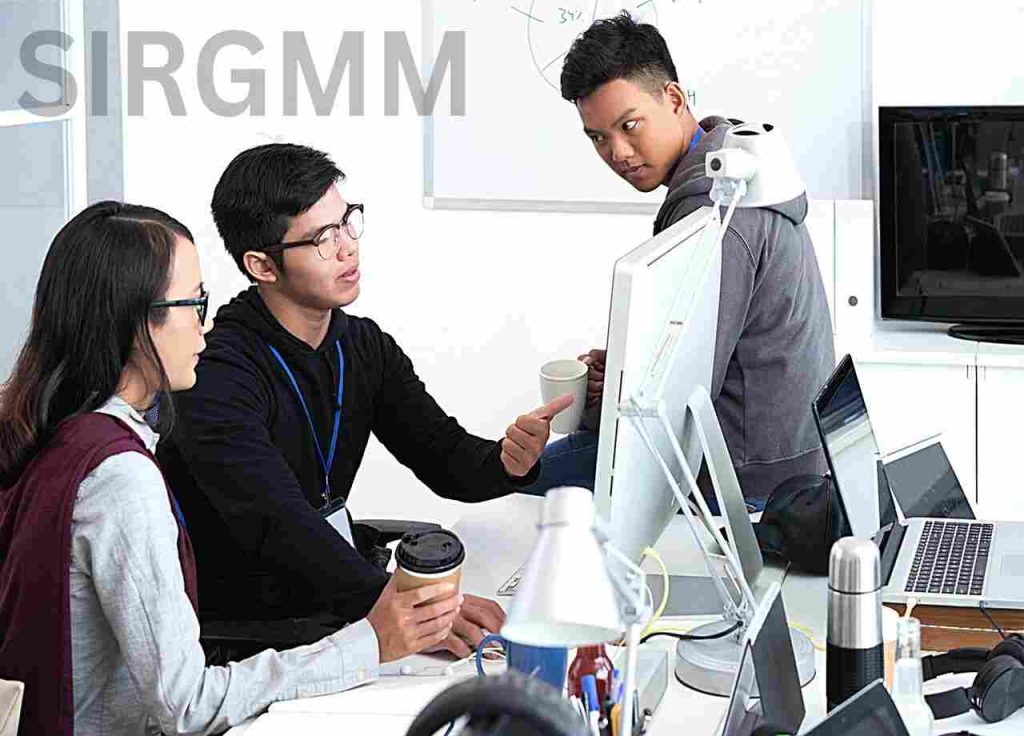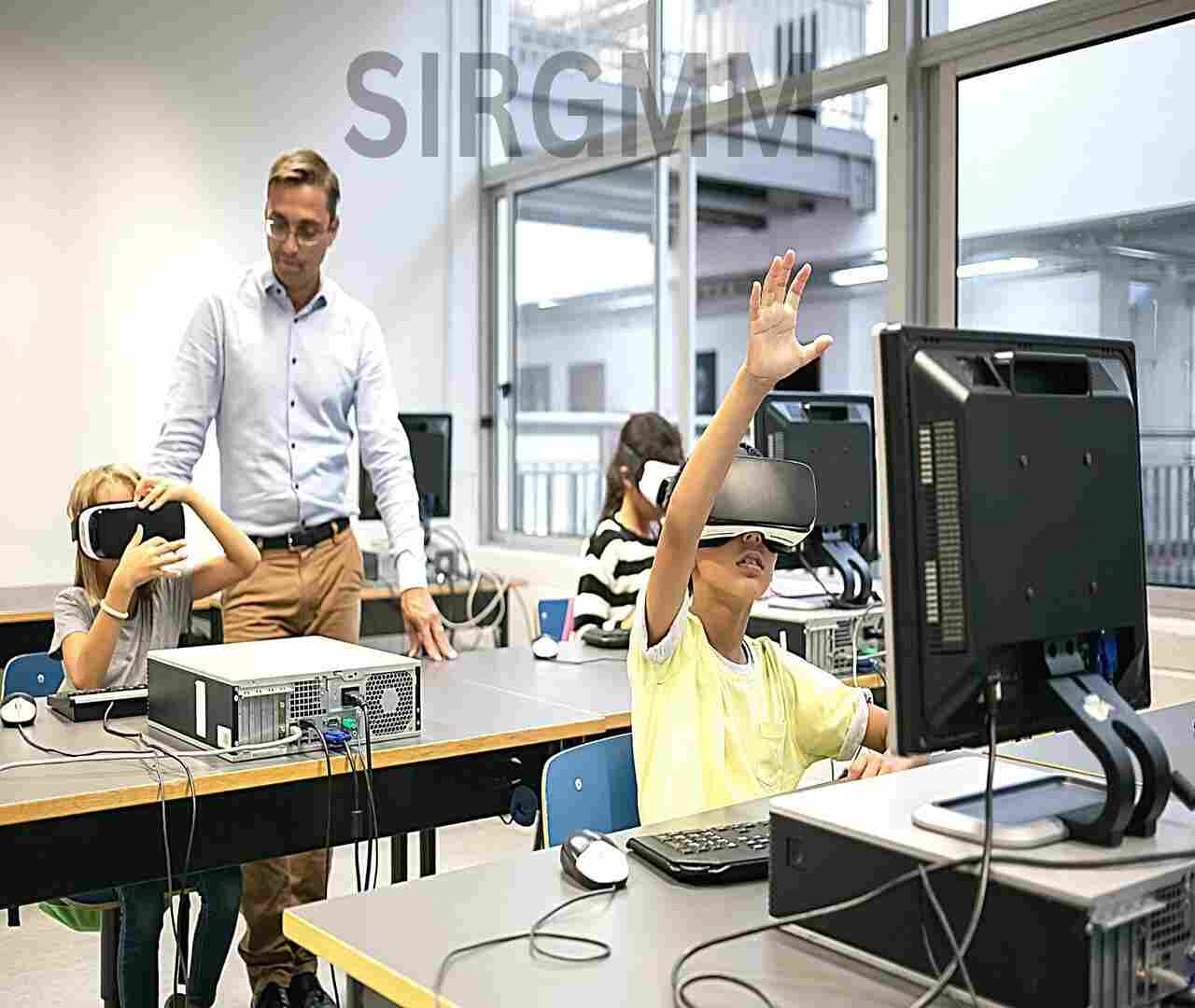The integration of technology into education has revolutionized the way students learn and interact with the subject matter. With the increasing availability of digital tools and resources, the use of technology in the classroom has become an essential component of modern education. The purpose of this article is to explore the various ways in which technology is being used to enhance the learning experience in the classroom.
Interactive Learning
Interactive learning is one of the most important benefits of using technology in the classroom. With the use of interactive whiteboards, digital textbooks, and educational software, teachers can create dynamic lessons that engage students and make the learning process more interesting. This approach to teaching allows students to actively participate in the lesson, ask questions, and receive instant feedback, making the learning experience more personalized and effective.
One of the key advantages of interactive learning is that it provides students with immediate feedback on their understanding of the subject matter. This helps to reinforce key concepts and allows students to quickly identify areas where they need additional support. Additionally, interactive learning also provides students with the opportunity to work through problems and exercises in real time, helping to reinforce their understanding and build their critical thinking skills.
Personalized Learning
Personalized learning is another important benefit of using technology in the classroom. With the use of tools such as learning management systems, adaptive learning software, and e-assessment tools, teachers can personalize the learning experience for each student. This approach focuses on individual student needs and learning styles, allowing students to learn at their own pace and receive immediate feedback on their progress.
Personalized learning helps to increase student motivation and engagement, as students can track their progress and see their growth over time. Additionally, this approach also helps to address the wide range of learning styles and abilities that are present in the classroom, ensuring that all students can participate and succeed in the learning process.
Access to Information
The use of technology in the classroom has made it possible for students to access a vast array of information and resources at their fingertips. With the internet and digital libraries, students can research topics, find primary sources, and explore the world of knowledge in real time. This access to information has made the learning process more engaging and interactive, as students can dive deeper into topics that interest them and gain a deeper understanding of the subject matter.
In addition to providing students with access to information, technology has also made it possible for teachers to share and distribute information and resources with their students in real time. This has made it easier for teachers to provide students with additional resources and support and has helped to streamline the learning process overall.
Collaborative Learning
Collaborative learning is another important benefit of using technology in the classroom. With the use of online collaboration tools, such as Google Docs, students can work together on projects and assignments, even when they are not in the same location. This approach to teaching helps students to develop teamwork skills and encourages them to think creatively and critically.
Collaborative learning also provides students with the opportunity to receive feedback from their classmates and work together to solve problems. This helps to increase student engagement and motivation, as students can work together to achieve a common goal and share their knowledge and ideas.
Increased Engagement
Finally, technology has the potential to increase student engagement and motivation in the classroom. With the use of interactive lessons, personalized learning, access to information, and collaborative learning, students can explore their interests and passions, and take ownership of their education. This helps to increase student motivation and engagement, as students can see the relevance of the subject matter to their lives and understand how it applies to the real world.
Additionally, technology also offers students the ability to use multimedia elements such as videos, images, and animations in their learning. This not only helps to make the learning experience more engaging but also helps to break up the monotony of traditional lecture-style learning. By incorporating multimedia elements into the curriculum, students can learn through a variety of methods and gain a deeper understanding of the subject matter.

In conclusion, the integration of technology into the classroom has brought about numerous benefits for students and teachers alike. From interactive learning to personalized education, technology has helped to make the learning experience more engaging and effective. As technology continues to evolve and advance, we will likely continue to see new and innovative ways in which it can be used to enhance the learning experience in the classroom. Teachers who can harness the power of technology will be able to provide their students with a more engaging and dynamic education, helping to prepare them for success in the digital age.

